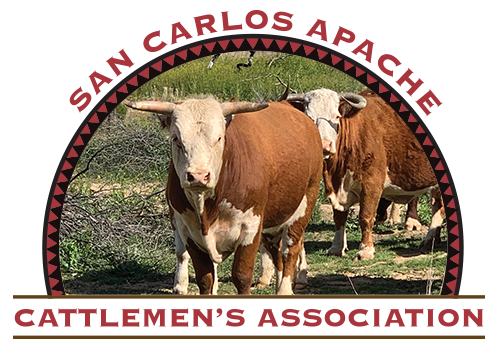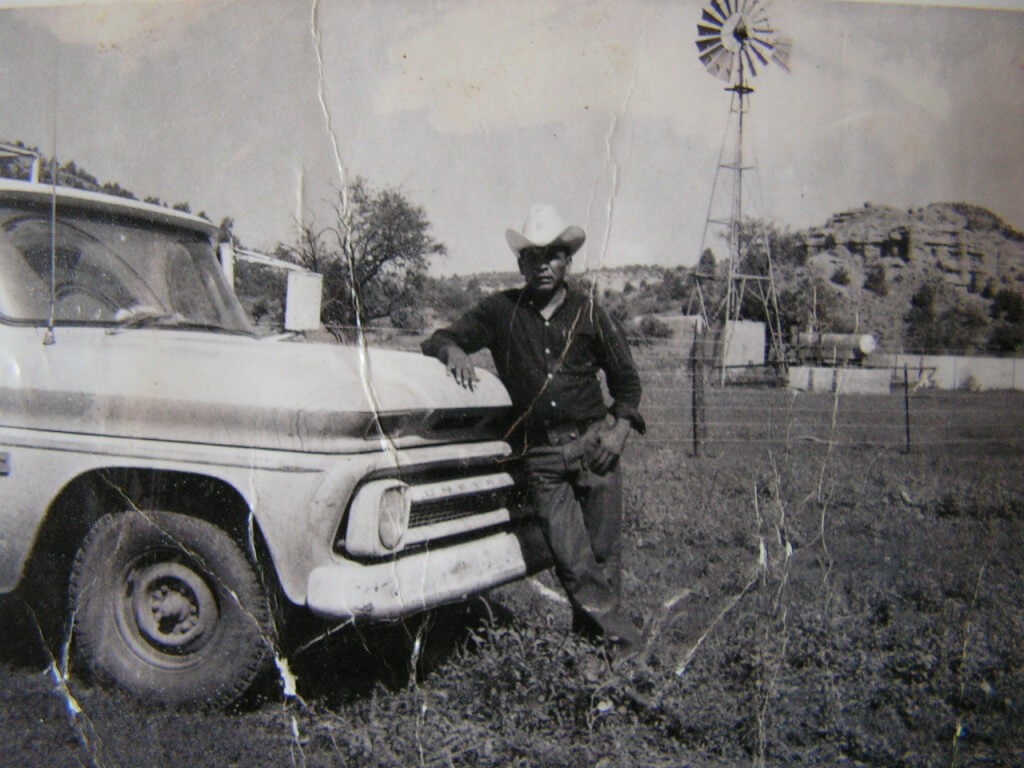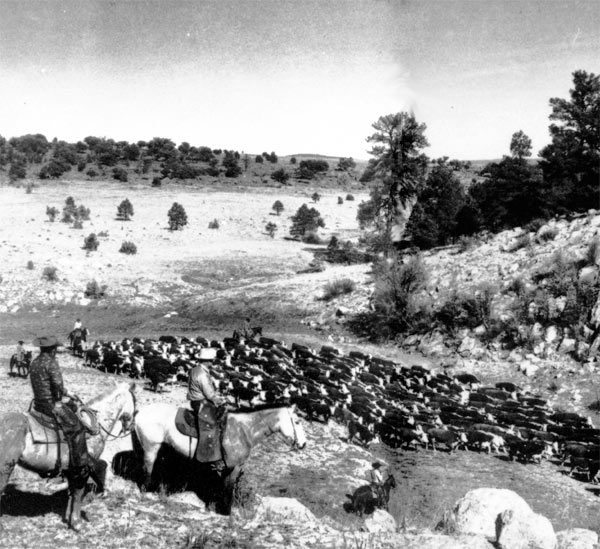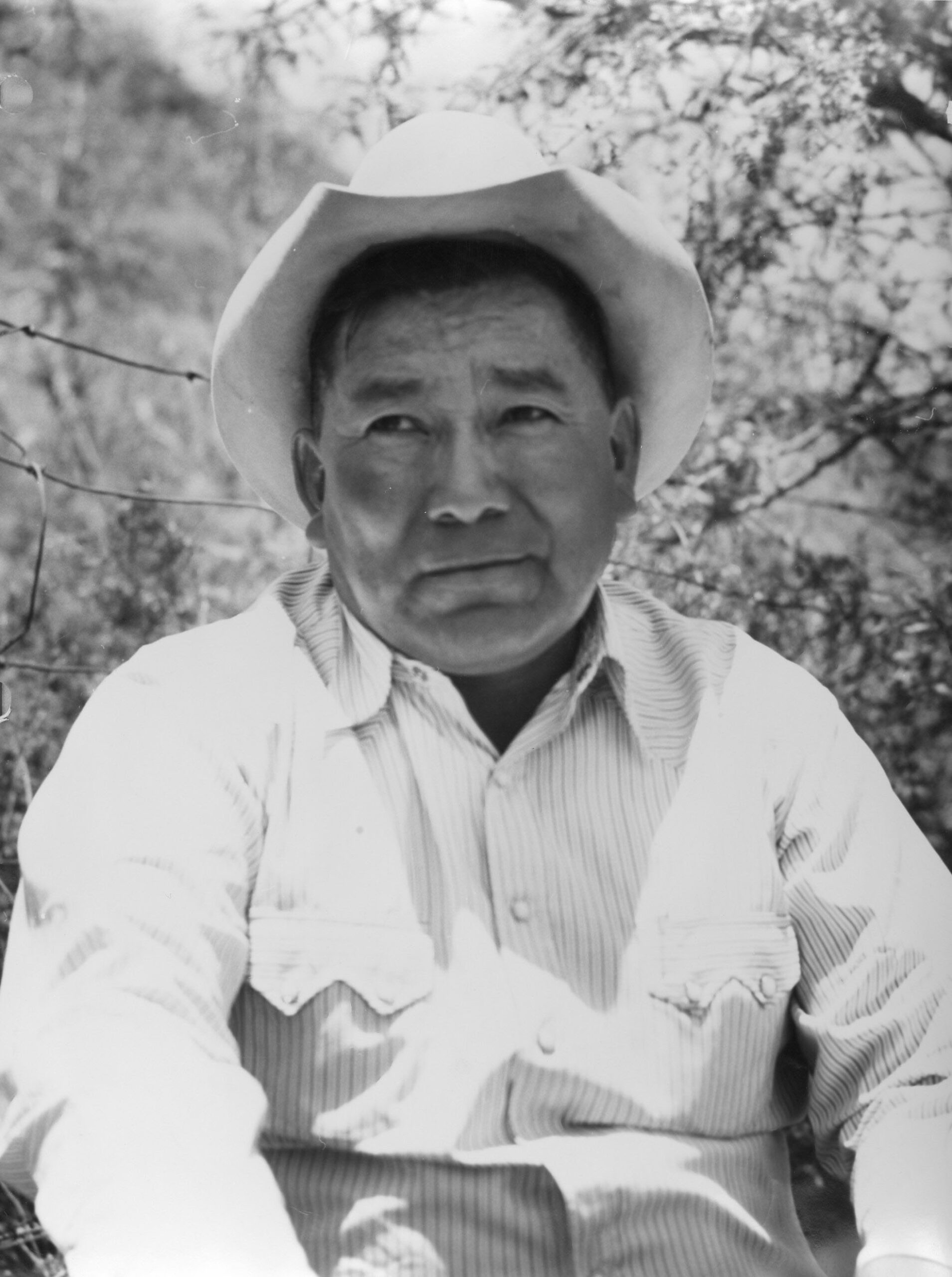We believe in traditional values
A Legacy of Apache Ranching
For generations, the San Carlos Apache Tribe has built a proud legacy of cattle ranching, shaping the land and economy of our people. From the early days of acquiring and raising cattle to becoming a recognized producer of some of the finest livestock in the Southwest, our history is one of resilience, hard work, and deep respect for the land.
Explore our history timeline to learn how Apache ranchers have overcome challenges and continue to revitalize our cattle industry for future generations.
2024
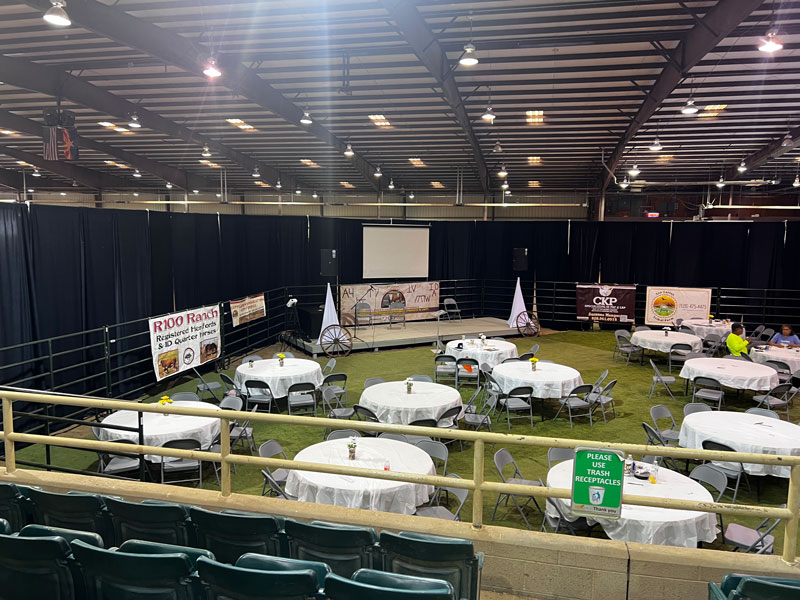
1st Annual Cattlemen's Conference
April 2024
1st Cattlemen’s Association Conference
The first-ever Cattlemen’s Conference marked a pivotal moment in restoring pride, knowledge, and commitment to Apache ranching. Councilman Simon Hooke welcomed attendees with a heartfelt call to revive the values and skills of traditional cattle work—passing them on to the next generation and rebuilding a legacy of excellence in ranching.
1980s-2000s
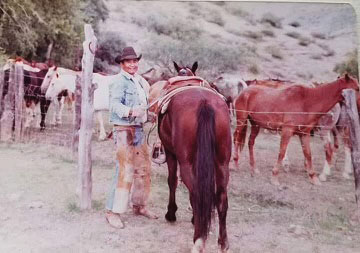
Howard Hooke Sr., 1970s
A New Generation of Ranchers: The San Carlos Apache Tribe Revives Cattle Industry
From the 1970’s to the 90’s, the cattle industry remained prosperous for San Carlos. It wasn’t until the early 2000’s that the decline began. This can be a result of higher paying jobs in other sectors, as well as the advance in technology. Now, the tribe is aiming to revitalize the cattle industry by training a new generation in ranch management and cattle raising.
1950s – 60s
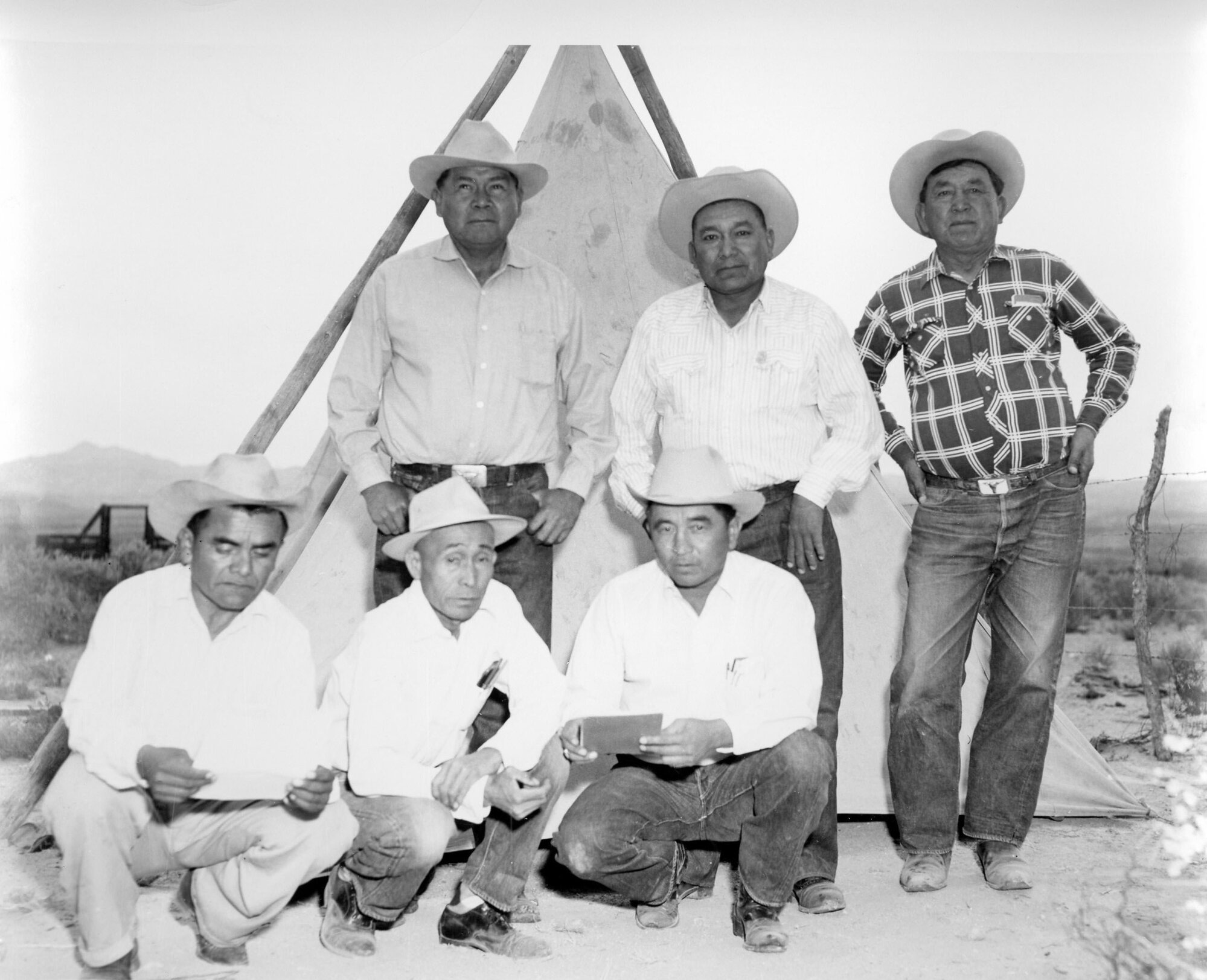
1950s Apache Indian ranchers: Oliver Talgo, left rear; Fred Naltazan, center rear; Paul Anderson, center front; Jess Stevens?, center right
CREDIT: Arizona Memory Project, accessed 13/03/2024, https:// azmemory.azlibrary.gov/nodes/view/45881
Expansion of Cattle Associations
In 1955, there were 11 associations composed of individuals who owned cattle. These associations were: Ash Creek, Cassadore, Circle Seven, Clover, Hilltop, Mohave, Point of Pines, Slaughter Mountain, Tin Cup, Tonto, and Victor. Each association had a designated area of the reservation fenced off for its range. In addition, there were separate ranges for the two tribal herds: the Registered and the IOT.
1930s
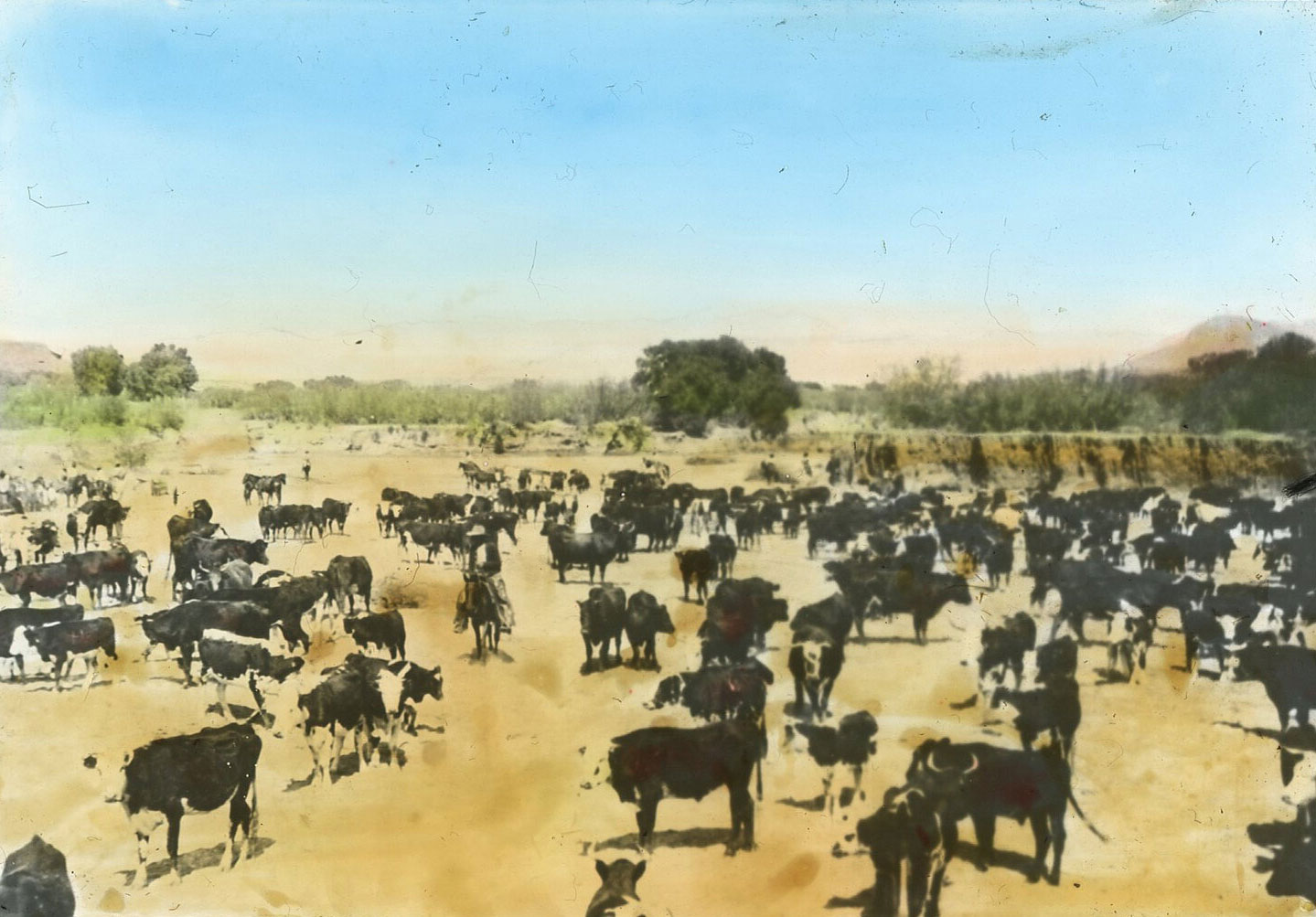
Apache Cattle Drive at San Carlos 1934
CREDIT: ARIZONA MEMORY PROJECT, https://azmemory.azlibrary. gov/nodes/view/205312
Cancellation of White Cattle Leases
In the 1930s, under the leadership of Superintendent James B. Kitch, a significant transformation occurred in the San Carlos Indian cattle industry. Kitch spearheaded the gradual cancellation of white people’s cattle leases, making way for Indian-owned livestock to occupy the ranges. Despite opposition, Kitch’s determination facilitated the empowerment of the Apache community, marking a decisive shift towards indigenous control over grazing lands.
1918
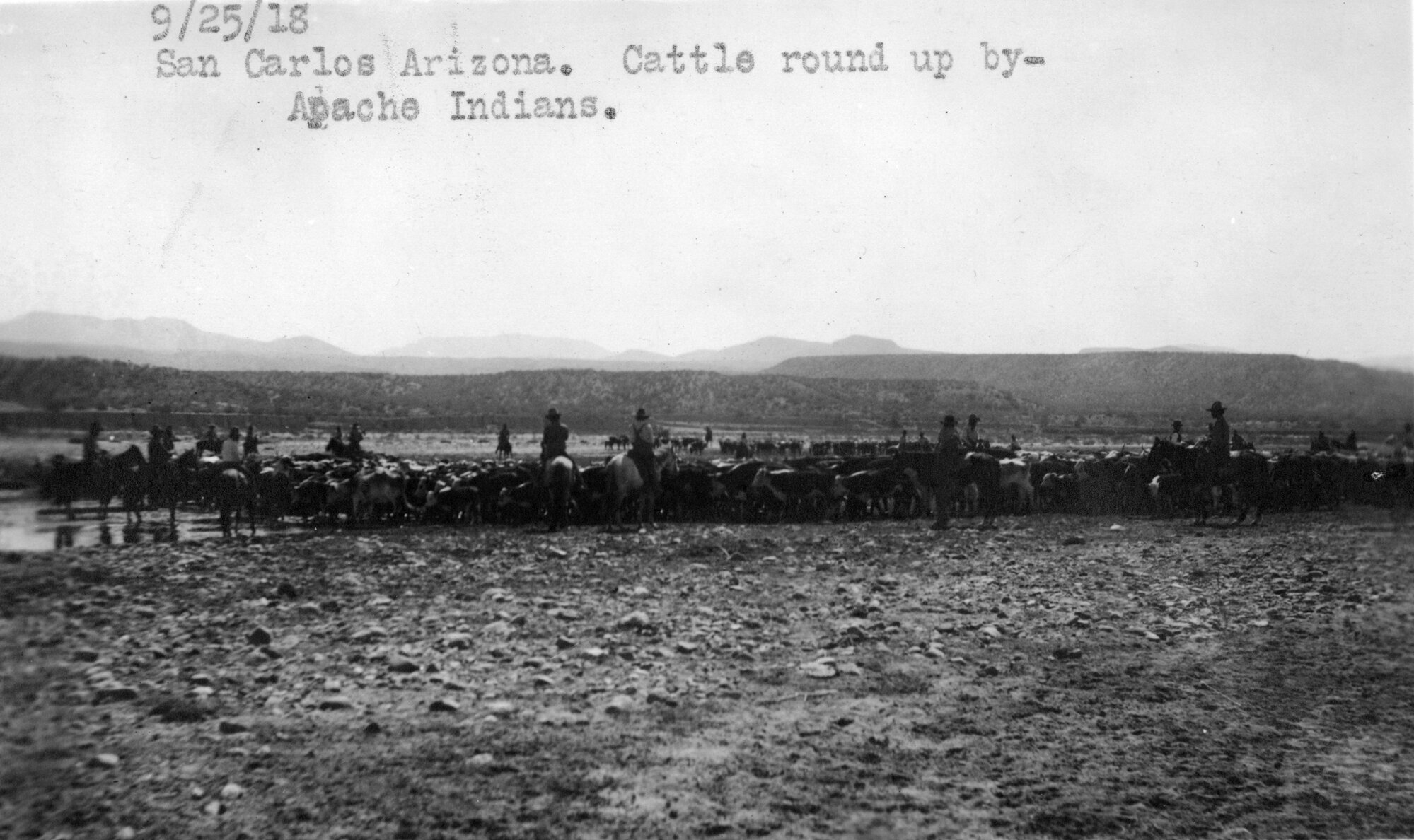
Early Photo of Cattle Roundup
1890s
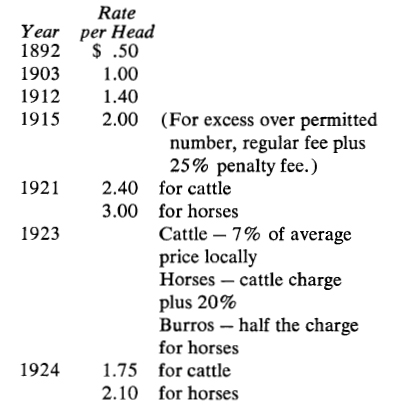
History of Lease Grazing
In the early 1890s, the Chiricahua Cattle Company quietly secured permission to graze two thousand head of cattle on Ash Flat. The same report goes on to state: In 1899, an intelligent half-breed Indian, son of one of the first white traders, protested that the permittees’ cattle were encroaching upon the grounds where he was trying to raise a few himself. (When he inquired of the white outfit who gave them permission, he was told to mind his own business. He proceeded to do this.)
Subsequent investigation showed that the Chiricahua Company was running 12,000 instead of 2,000 head. Rather than move off, the “Three C’s Outfit” agreed to a lease, paying a nominal fee per head.
On the face of it, it was a wise and easy, if partial, solution to the problem of how San Carlos Indians were to eat. More and more big “cow outfits” moved in—the Double Circle, Bar-F-Bar, Cross-S, and the Bryce-Mattice.
During these years that lease grazing was in effect on the San Carlos Reservation, there were a number of increases in the grazing rate. It has been impossible to determine, based on available information, the year in which each increase took place; however, the following list indicates the rates in effect in specific years.
1884
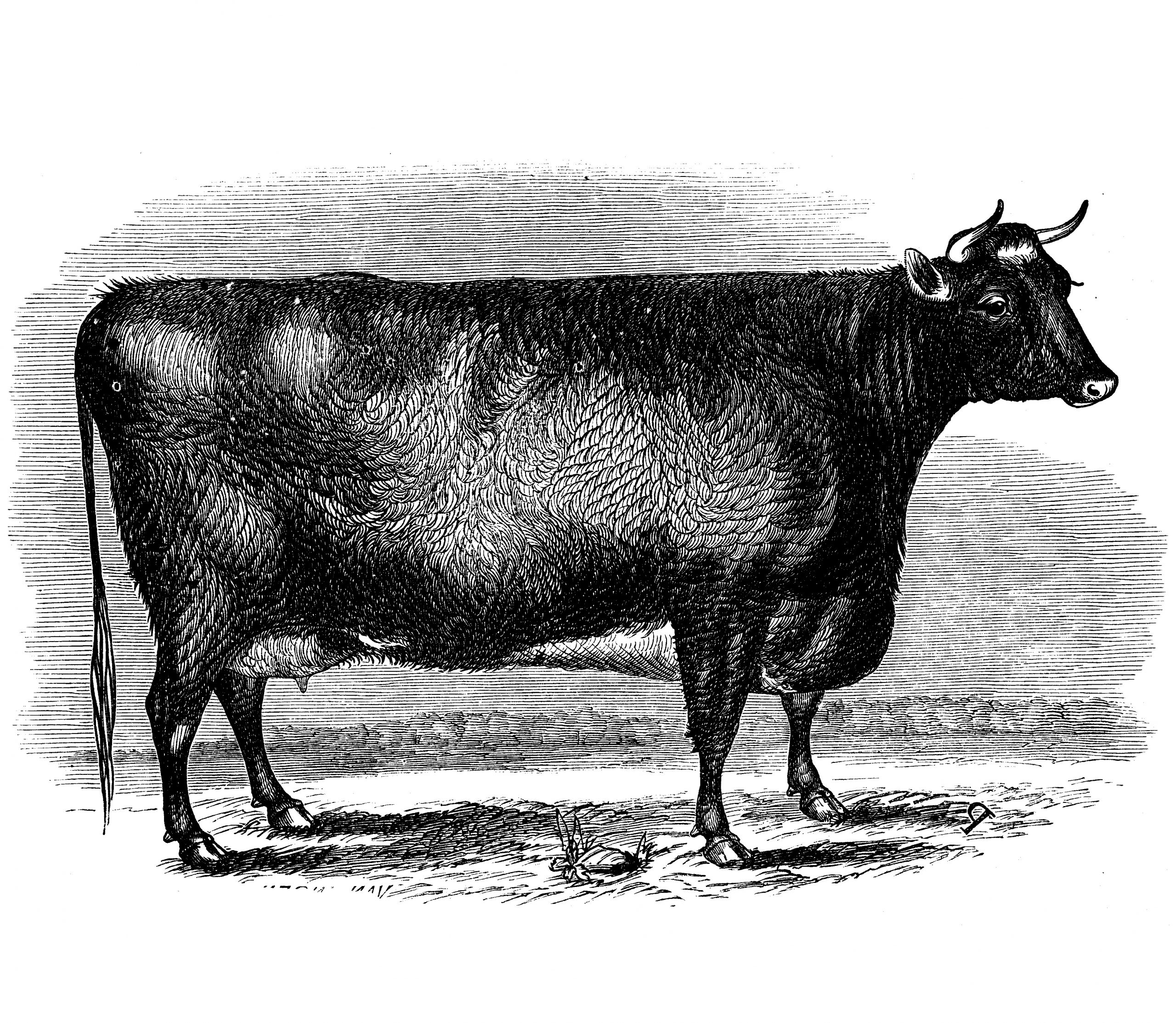
Cattle First Introduce to San Carlos
“Cattle were first issued in 1884. Five head to each family head. They were a black beef cattle. But most Indians slaughtered the cattle right away. My family didn’t. Indians could draw either beef rations or live cattle—my family took live cattle. Next cattle issued were Durhams, but they were mean cattle.”
—San Carlos Apache Elder
Source: Getty, Harry T. The San Carlos Indian Cattle Industry. University of Arizona Press, 1963.
